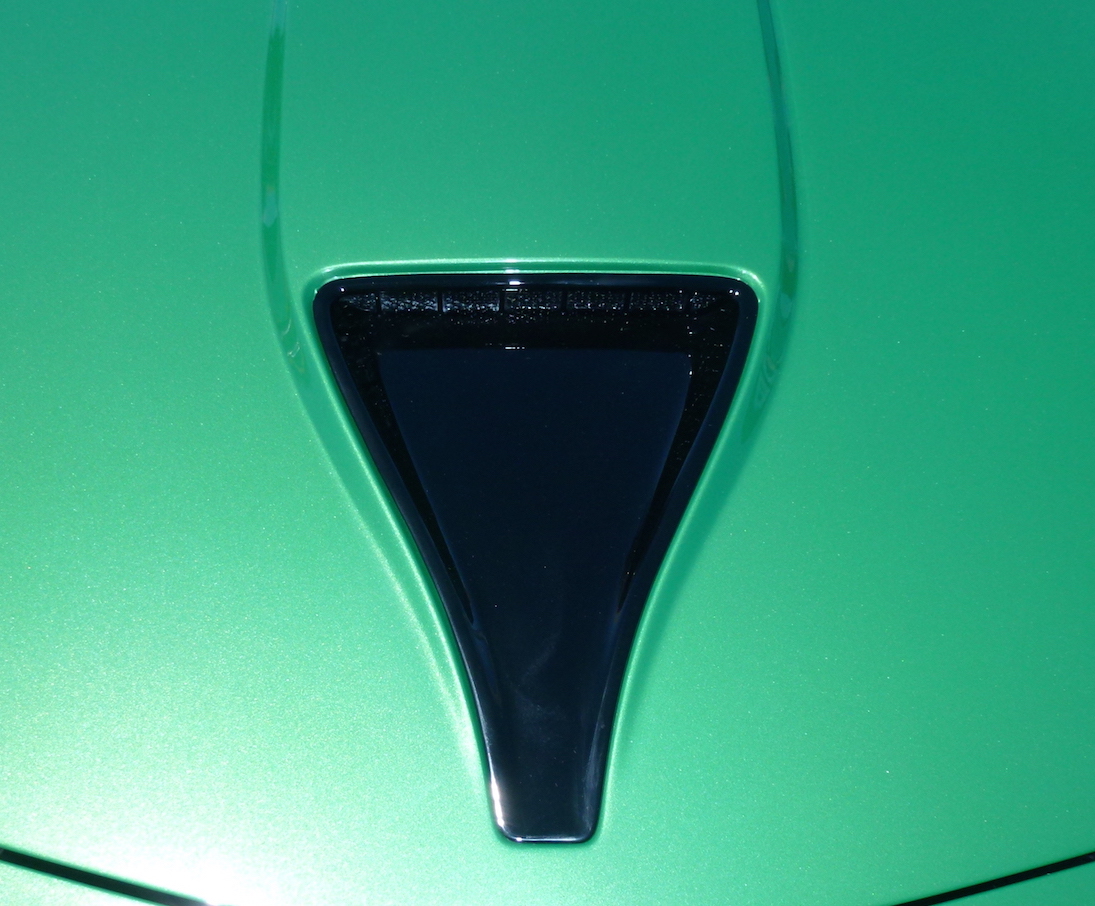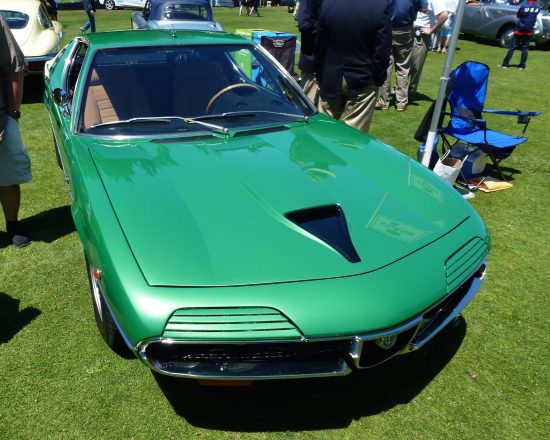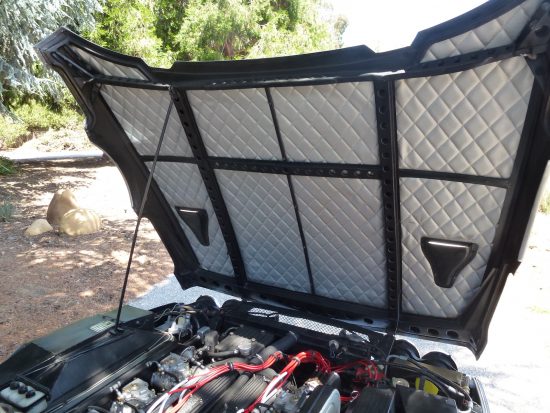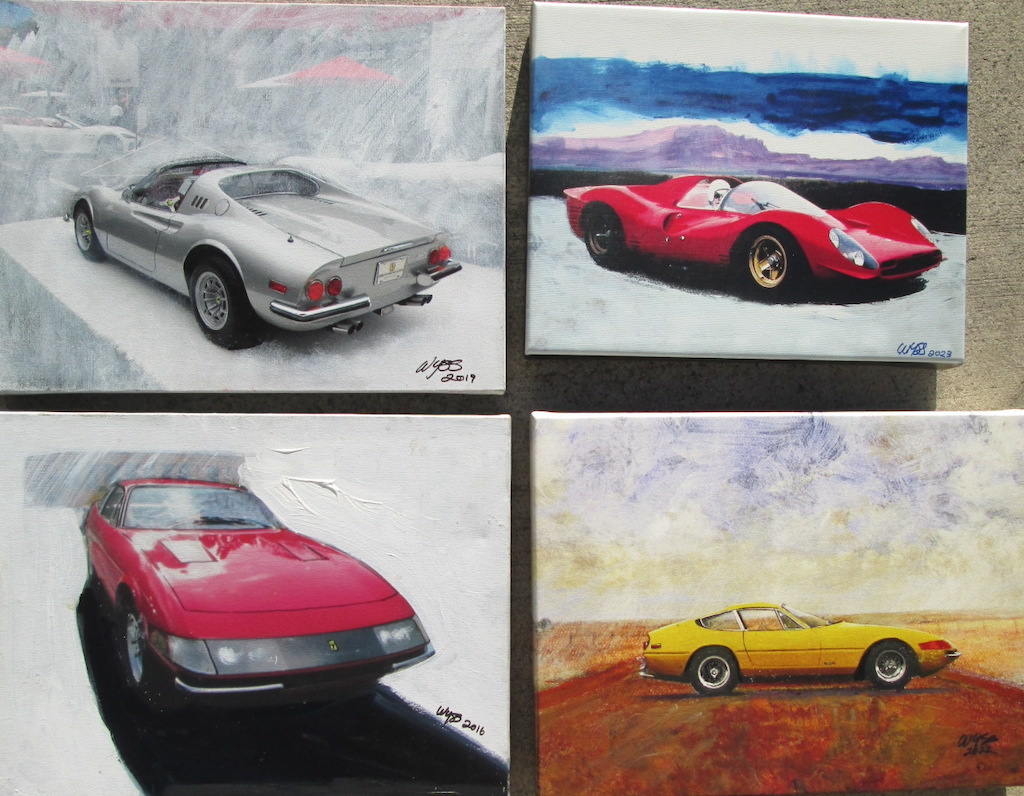by Mike –
Previously in Hood Scoops – Car Art With A Purpose and Iso Grifo Hood Scoop – The Most Unusual Ever I wrote about different types of hood scoops.
This post is about the NACA duct air scoop, which is a low-drag air scoop of a uniquely different design that was developed in 1945 by the U.S. National Advisory Committee for Aeronautics (NACA) originally for airplanes. NACA later became the National Aeronautics and Space Administration (NASA).
The NACA duct brings air into a vehicle with minimal increase in drag. The NACA duct or NACA scoop is a common form of low-drag intake design, and when properly implemented, it allows fluid to be drawn into an internal duct, often for cooling purposes, with a minimal disturbance to the flow.
NACA ducts are useful when air needs to be drawn into an area which isn’t exposed to the direct air flow the scoop has access to. Quite often you will see NACA ducts along the sides of a car or engine bonnet. The NACA duct takes advantage of the boundary layer, a layer of slow moving air that “clings” to the bodywork of the car, especially where the bodywork flattens, or does not accelerate or decelerate the air flow. Areas like the roof and side body panels are good examples. The longer the roof or body panels, the thicker the boundary layer becomes (a source of drag that grows as the layer thickens too).
From the Technical F1 Dictionary.
Marcello Gandini of Bertone took a liking to the NACA duct and used it on the Lamborghini Espada, the Lamborghini Countach, the Alfa Romeo Montreal and maybe other cars.
The NACA scoop on the Montreal above is a little different than the other cars shown here. Can you spot the difference?
The NACA duct was also used on the Ferrari F40 and on some Formula 1 race cars.
According to Hot Rod Network the NACA duct was not a success for jet airplanes but has worked out well for cars.
Not only is the NACA scoop efficient (low drag) I think they look great too.
Let us know what you think in the Comments.









Often used on jets for APU intake and usually with some sort of flow control